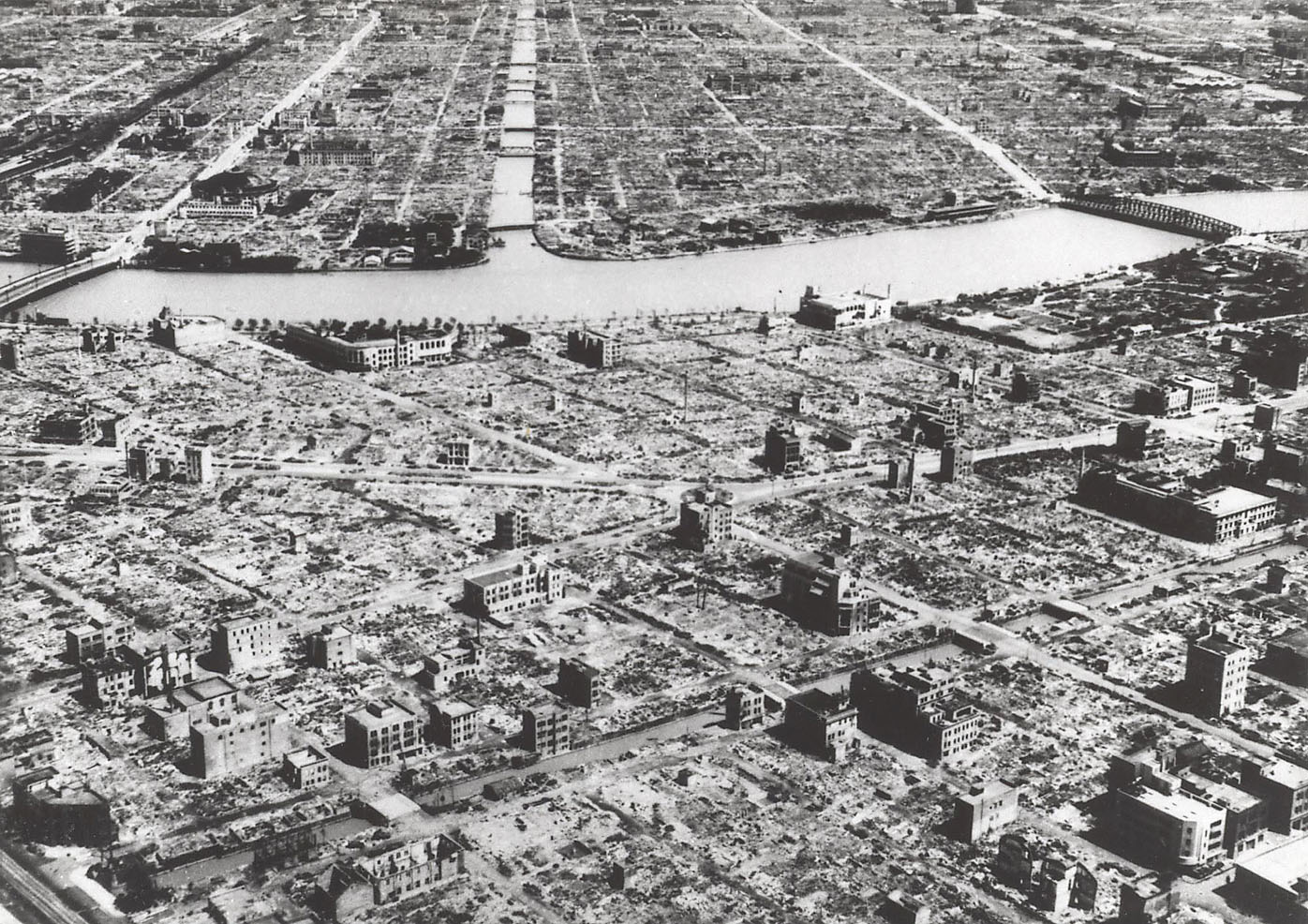Katsumoto Saotome was 12 the night he ran for his life through a sea of flames, jumping over smouldering railroad ties along a train track as U.S. B-29 bombers rained incendiary bombs down around him.
The U.S. bombing after midnight on March 10, 1945, annihilated a wide swath of northeastern Tokyo, packed with small factories and houses made of wood and paper.
An estimated 100,000 people were killed, many of them women and children — a toll higher than those of the Dresden firebombing and the atomic bombings of Hiroshima and Nagasaki.

















With your current subscription plan you can comment on stories. However, before writing your first comment, please create a display name in the Profile section of your subscriber account page.